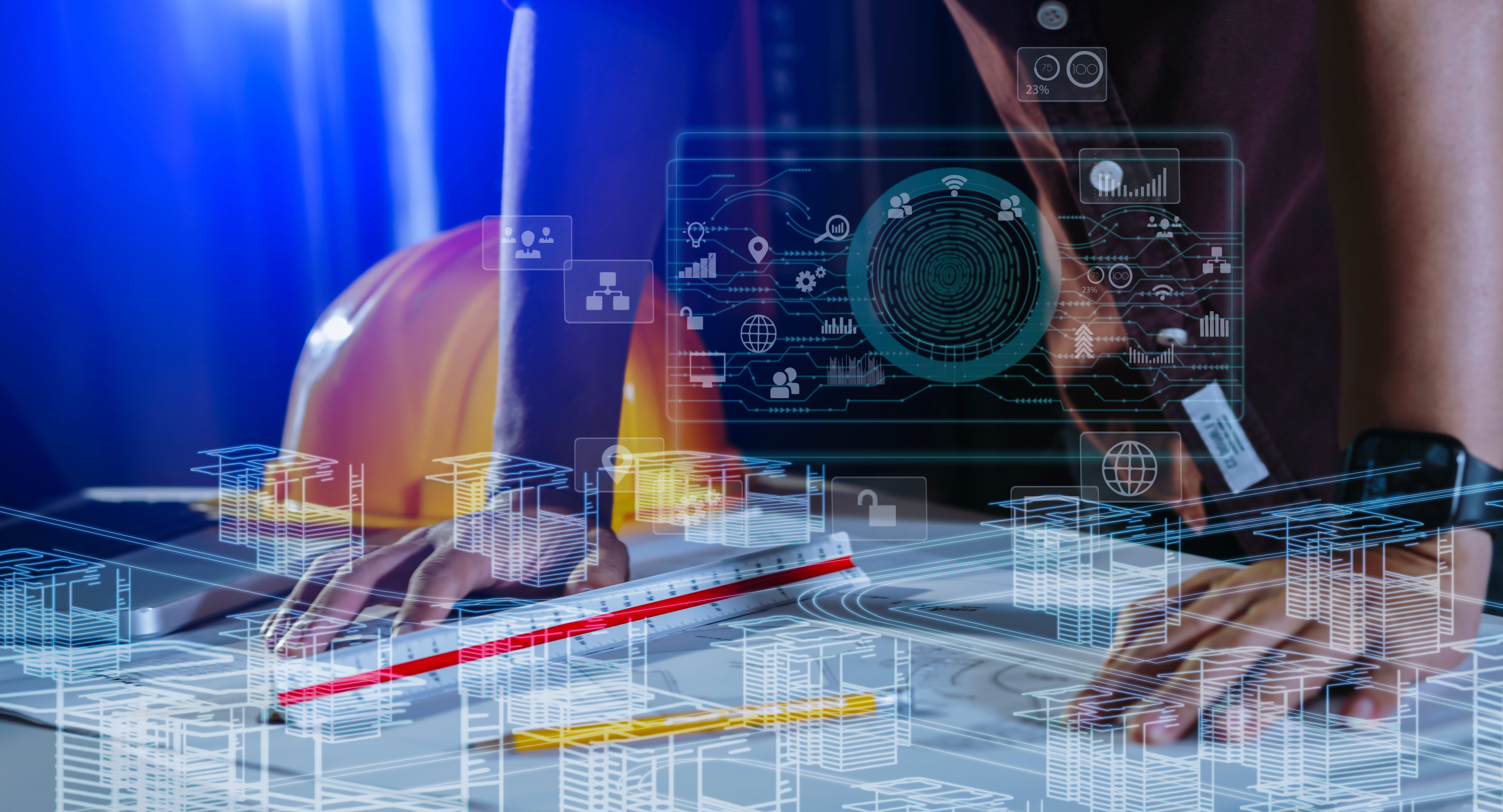
Artificial intelligence has been part of the conversation in the architecture, engineering, and construction (AEC) industry for some time now. While there’s plenty of speculation about what it might do in the future, there are already practical applications that firms are using today to improve the way they work.
Below are a few examples where AI is delivering measurable value.
1. Automating Routine Processes
Tasks like data entry, document classification, and progress reporting can be handled by AI tools, reducing manual effort and allowing teams to focus on higher-value work.
2. Supporting Design Development
AI-enabled design tools can generate layout options, run simulations, and provide data-driven feedback. These capabilities give design teams more information early in the process, helping them make informed choices more quickly.
3. Reducing Errors and Improving Quality
By analyzing models and project data, AI can help identify clashes, omissions, or compliance issues before they cause delays or require costly rework.
4. Providing Actionable Insights
AI can examine historical and real-time data to identify trends and potential risks. This information supports better decision-making at both the project and organizational level.
5. Improving Data Connectivity
AI can help bring together information from different systems, making it easier to find, share, and use data across the project lifecycle.
Moving Forward with AI
For most AEC firms, the most effective way to start is by identifying a few targeted use cases where AI can address specific challenges or inefficiencies. The results from these initial steps can help build internal understanding and momentum for broader adoption.
If you’d like to explore how AI is being applied in real AEC workflows and what to consider when building your own approach, join our upcoming ELEVATE webcast on September 10. We’ll share current examples, lessons learned, and considerations for getting started.




















